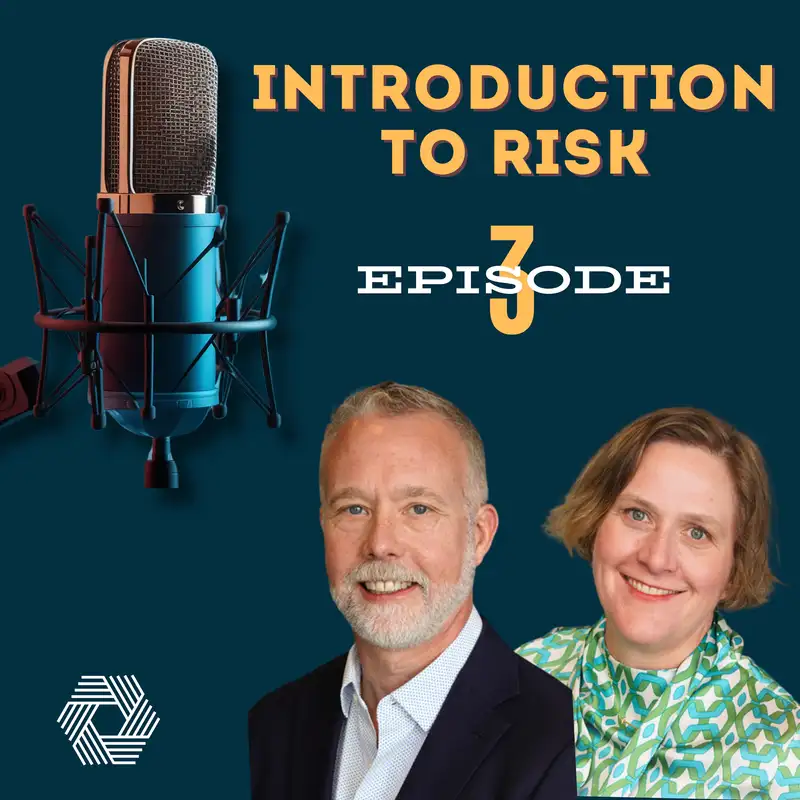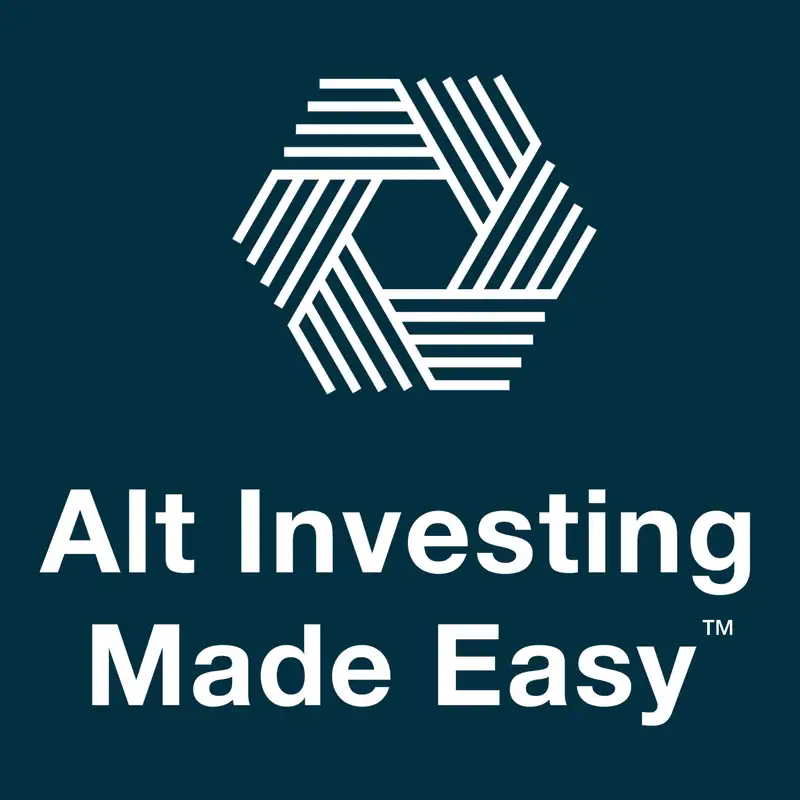E3: Introduction to Risk
In this conversation, attorneys Roland Wiederaenders and Sarah Florer invite the audience to join them in understanding the distinction between public and private securities and how risk is managed differently. They explain the concept of liquidity risk and how it varies depending on the type of alternative asset. They also emphasize the importance of considering the time horizon and return calculations when investing in alternative investments. The conversation touches on the qualifications for investing in alternative assets and the role of accredited investors in managing risk. In this conversation, Sarah and Roland discuss the risks of investing in alternative assets. They highlight three main risks: liquidity, information, and management. They explain how these risks can impact investors and provide insights on how to mitigate them. They also emphasize the importance of thorough disclosure and due diligence when investing in alternative assets. The conversation concludes with a call for feedback and engagement from the audience, encouraging them to be active participants in their financial education.
Takeaways
- Risk is a critical consideration when investing in alternative assets.
- Liquidity risk varies depending on the type of alternative asset.
- The time horizon and return calculations should be carefully considered when investing in alternative assets.
- Accredited investors have certain qualifications that allow them to manage risk more effectively.
- Liquidity risk, information risk, and management risk are the main risks associated with investing in alternative assets.
- Potential Investors should carefully consider the liquidity of the underlying assets and the quality of the information provided by the investment promoters when evaluating investment deals.
- Management risk can be mitigated by having a succession plan and involving multiple individuals in the project.
- Thorough disclosure and due diligence are essential when investing in alternative assets.
- Engaging with financial planners and seeking feedback can help investors make informed decisions.
Chapters
00:00 Understanding Risk in Alternative Assets
05:31 Managing Liquidity Risk in Alternative Assets
09:28 Liquidity and Alternative Assets
12:09 Liquidity in Hedge Funds
14:40 Liquidity in Commercial Real Estate
17:41 Liquidity in Private Equity
21:30 The Risk of Liquidity in Alternative Investments
23:47 Introduction to Risks in Alternative Asset Investing
26:15 Importance of Disclosure and Due Diligence
30:14 Mitigating Management Risk
32:39 Considering the Liquidity and Exit Plan of Underlying Assets
37:13 Management Risk and Succession Planning
43:46 Evaluating Leverage in Real Estate Investments
46:43 Importance of Thorough Disclosure
49:01 Engaging with Financial Planners and Seeking Feedback
CREDITS:
Sponsored by
Real Advisers, Austin, Texas
Real Advisers, Austin, Texas
Special thanks to:
Visit us at: AltInvestingMadeEasy.com
Please contact us: info@AltIvestingMadeEasy.com
Roland Wiederanders: Roland@grablemartin.com
Sarah Florer: sflorer@grablemartin.com
Disclaimer: “This production is for educational purposes only and is not intended as investment or legal advice.”
© 2024 AltInvestingMadeEasy LLC All rights reserved
Creators and Guests

Host
Roland Wiederaenders
Co-founder of the Alt Investing Made Easy podcast, investment advisor, and corporate securities attorney with expertise in private investment funds, corporate/securities issues, mergers and acquisitions, partnership structuring, and federal income tax matters. Roland is also a member of Grable Martin PLLC.

Host
Sarah Florer
Co-founder of the Alt Investing Made Easy podcast, investment advisor, and corporate attorney with expertise in corporate finance and securities, structuring and restructuring, and commercial matters. Sarah is also a member of Grable Martin PLLC.

Producer
Anthony Carrano
Co-founder of the Alt Investing Made Easy podcast, fractional Chief Marketing Officer, entrepreneur, and Managing Partner at Dunamis Marketing.

